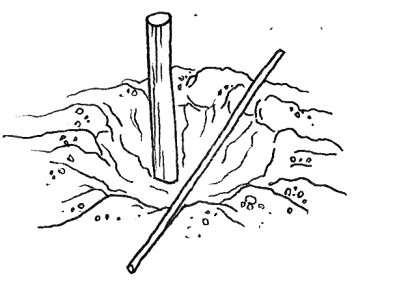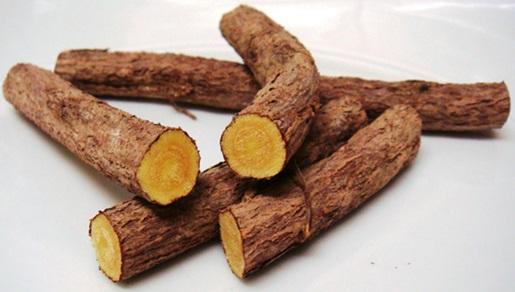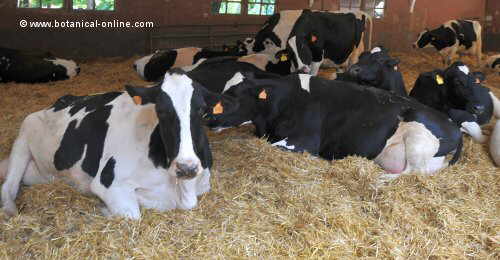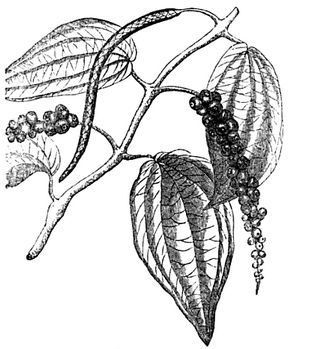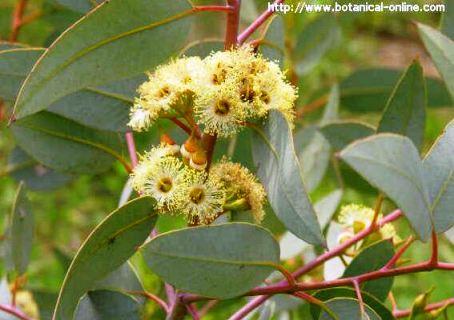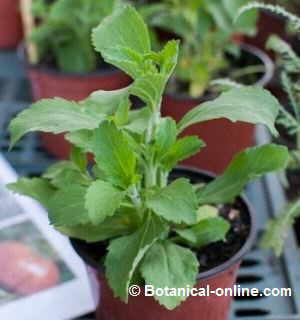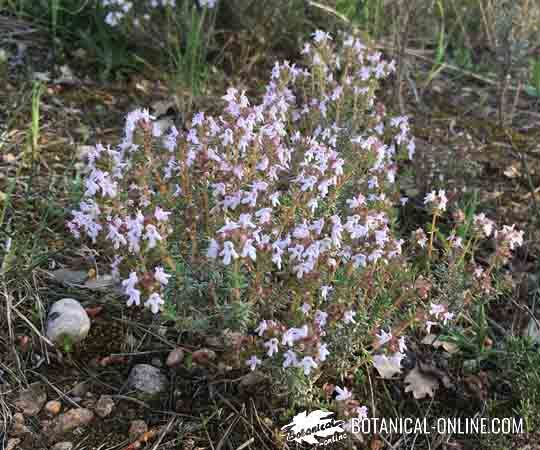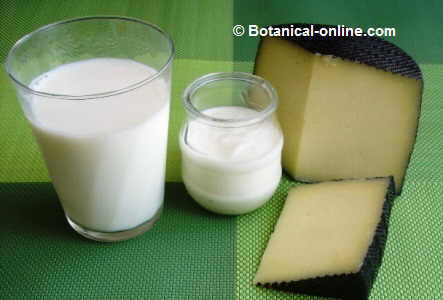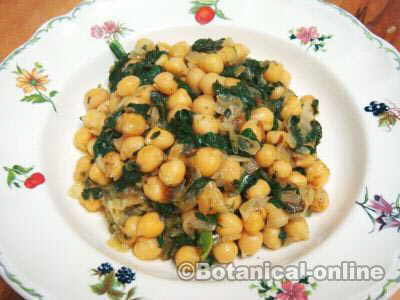HOW TO PLANT A TREE
What is a bare root tree?
A “bare root” tree is a little tree ready to be planted. It does not contain the mass of soil adhering to roots. Although it may have some adhering soil, its roots stand out clearly giving the appearance of a tangle or hair.
They are different to trees grown in pots or root balls trees. A root ball tree is one that is prepared for planting with the mass of soil adhering to their roots. The soil and the roots form a compact mass, larger than the bare root.
Potted trees or root ball trees can be planted throughout the year, except when the ground is frozen, flooded or in periods of drought or high heat, bare-root trees can be planted only after late autumn and throughout winter, provided there are no frosts. (More information on “Planting a root ball tree“)
How to plant a bare root tree?
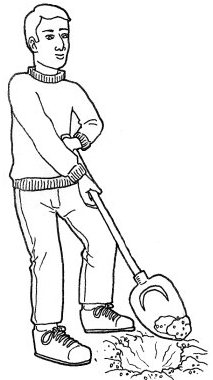
Before planting it, the roots should be cleaned by cutting a little taproot and secondary roots. Roots that could be broken should be removed. Its branches should not be removed.
After the previous preparation steps, we began the process of planting. We must follow the following steps:
- Dig a hole with a diameter of 1 / 3 larger than the size of the roots. Mix the excavated soil with compost, and well-rotted manure.
- Usually two to four kilos of manure will be enough, though, depending on the size of the hole, and the wealth of the soil, one can need up to eight or ten kilos per hole.
- Some gardeners advise to open the holes a couple of weeks before planting and do the mixing at this time. Then, they say they cover the holes with the mixture and return to open them at the time of planting.
- Dug a stake about 50 cm deep and about 8 cm from the center. This stake will be used as a tutor to direct the tree growth and protect it from the wind.

- Extend a rod on the hole with a length greater than the hole diameter. Put the center of the rod to a distance of approximately 8 cm from the center of the hole.
- Taking the cane as a guide, place the tree in the middle trying to settle the part where the roots begin to grow to the same height than the rod, that’s to say, to the ground level. Keep in mind that the graft point should be at least about 10 cm above the rod.
- Tie the tree to the stake. Verify that the tie is not over tighten and there is enough space to allow for proper growth of the stem. A too strong bond can produce marks or strangulation to the specimen. For this reason, its growth will be especially revised during the first year. As for the type of string, there is a very large variety of them in the market (ropes, belts, rings, etc.)
- If the tree has been subjected to some type of “goop” before planting it, it must not be watered immediately after been planted so that watering does not carry out the mud adhering to the roots with the goo.
If if has not been “gooped”, we will fill the depression left around the stem with water.
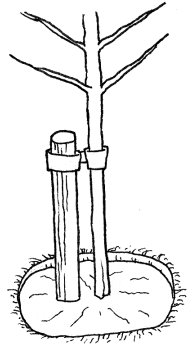
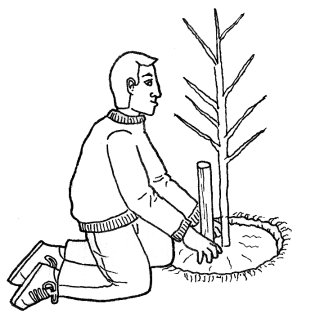
- Cover it with previously prepared soil by placing it on the roots. Squeeze it to remove the air, without pushing too hard.
- Ensure to form a circle around the tree about 80 or 100 cm wide and about 4 fingers deep.
In this small depression rainwater or irrigation water will accumulate, and allow the specimen to have a higher humidity.
– Do not press the soil hard with your feet. Pressing hard with one’s feet is sometimes responsible for poor root production.
- Finally, it is desirable to protect the stem base, with a net, mesh or other of the many devices on the market. This protection will prevent rabbits, hares, mice or other rodents to gnaw and remove the tree crust.
- Since the roots are shallow, especially during the first year, it is necessary to keep the soil around the new trees free of weeds so they do not compete for the acquisition of surface moisture and nutrients available.This technique of planting trees is good for any kind of tree, either a fruit tree, or another type of tree.
![]() More information on fruit trees.
More information on fruit trees.

